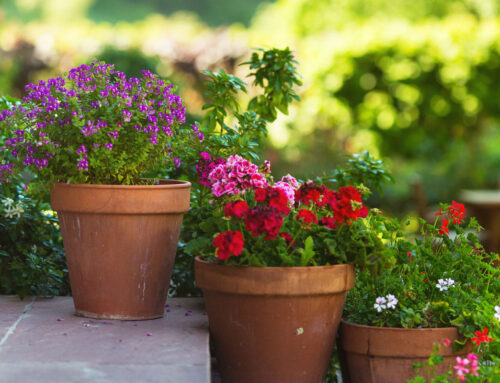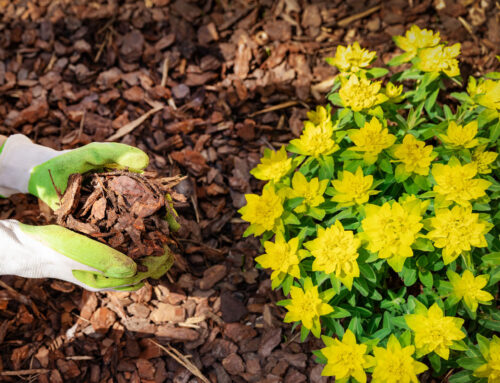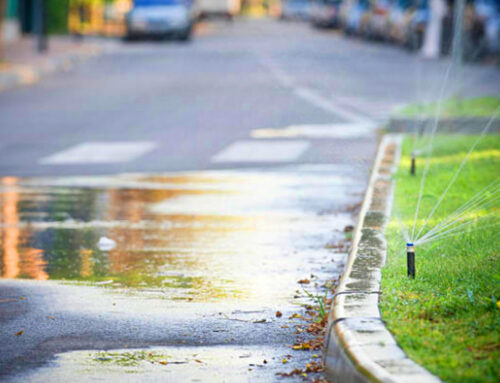Plants that are efficient users of water employ many tricks to stay alive. Some go dormant in the summer. Others have modified leaves that conserve available moisture by being thick, waxy, leathery, fuzzy or hairy. Other plants have green trunks and branches that carry out photosynthesis even if leaves drop. Still others have well developed, deep root systems designed to absorb available moisture. Some have seasonal adaptations. For a basic example, deciduous plants usually require more water in the summer, but survive on much less water in the winter.
Often, a plants water needs change as they begin to mature. Many fast-growing young plants require a lot of water the first few years. As growth slows with age and plants develop a deep root system, they may require only occasional deep watering.
Because a plant is native does not mean that it uses little water. Some plants native to riparian (stream-side) ecosystems, such as cottonwoods, are high water users with aggressive roots.
To find out how much water your landscaping requires, check out our handy drought irrigation guide. And, to find out if your water agency offers rebates on irrigation upgrades, visit the rebates page.
Source: Lush & Efficient






